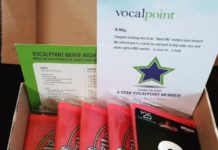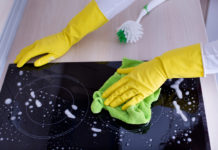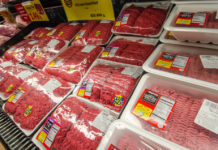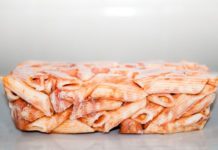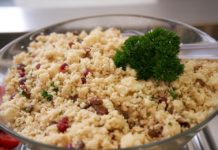This is especially true of Chinese food products, which often contain harmful pesticides and other chemicals—or even, completely different ingredients to what it says on the label. Here are 17 Chinese-made foods that are best avoided if you see them in your local store.
1. Chicken
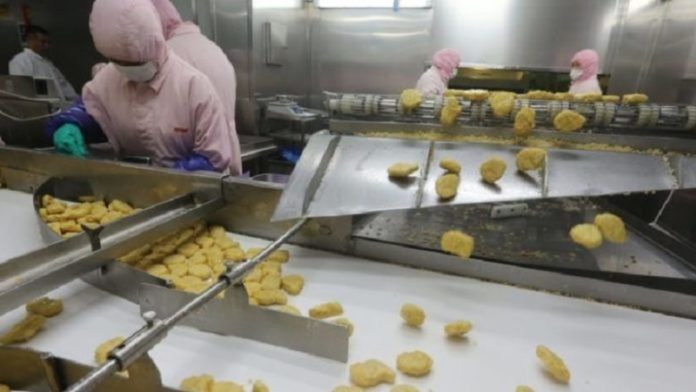
The vast majority of chicken on the US market is grown and processed domestically. But it’s worth still being careful because some Chinese chickens are making their way in. These birds may be contaminated by antibiotics and heavy metal residues caused by China’s over-reliance on coal. And they are also more likely to carry avian viruses and harmful bacteria.
2. Milk
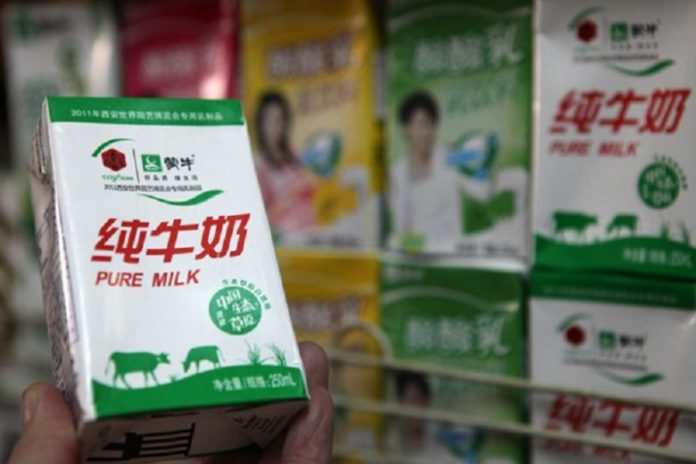
A scandal broke when it was revealed that Chinese milk containing melamine, a toxic chemical that can cause kidney failure in humans, had caused the death of six children and injured 300,000 others. Melamine boosts the apparent protein content of milk, allowing it to be diluted with water and sold at a higher margin.
3. Lamb—or is it rat?
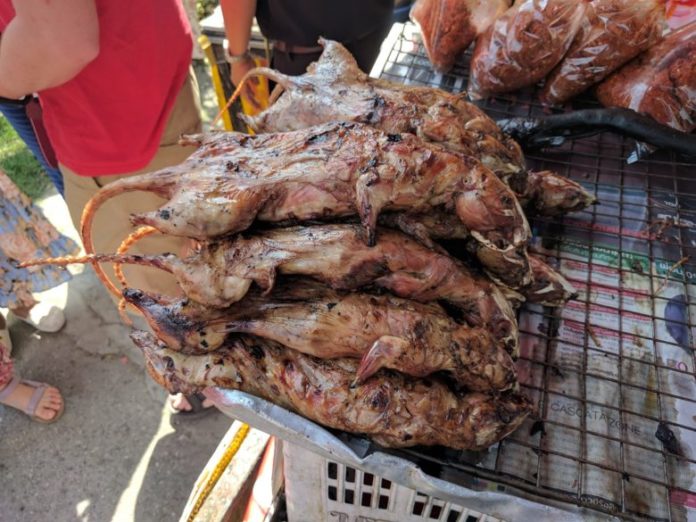
If you think Chinese pepper-mud is bad enough, then think again: your Chinese “lamb” might actually be rat! In 2013, police arrested 900 people in connection with trying to pass off 20,000 tons of rat meat as lamb. This kind of story makes us consider trading our current diet for a vegetarian one…
4. Wine
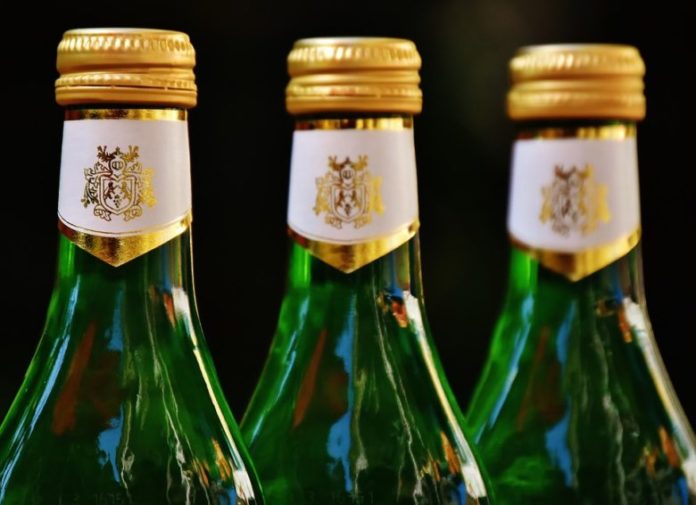
True, China has lately been having a go at producing some serious vintages for the market, but its cheaper wines are still best avoided. They tend to be doctored with sugar, nasty preservatives, artificial colors and flavors. Chinese wines have even been found to contain highly poisonous substances such as lead acetate and methanol.
5. Apple juice
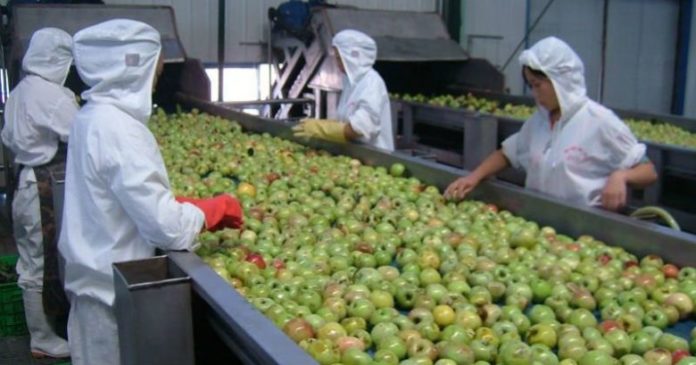
You’ll probably be surprised to know that about 50% of the apple juice drunk by Americans was made in China. Unfortunately, Chinese farming is heavily reliant on toxic pesticides, and these find their way into the juice. Read labels carefully when you are shopping, and avoid purchasing juice made with anything coming from China.
6. Garlic
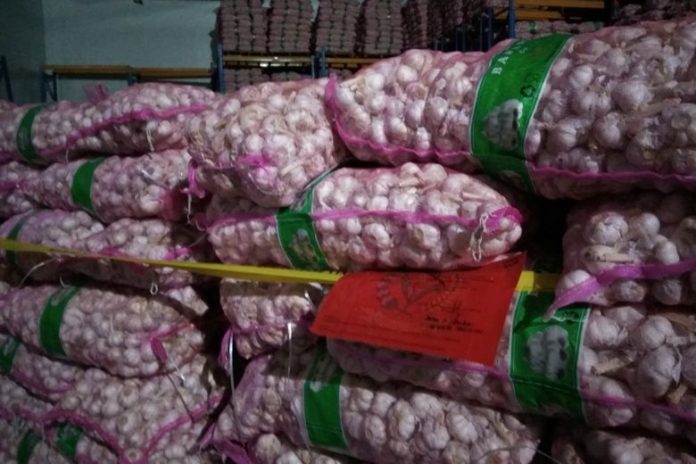
China is a massive garlic exporter, meeting over 30% of demand in America. However, Chinese garlic farmers go heavy on harmful pesticides including methyl bromide. Best to choose Canadian garlic instead, which tastes better anyway. Moreover, the ecological footprint of Canadian garlic is lesser than China’s, since it doesn’t have to travel as far to be on your plate.
7. Mushrooms
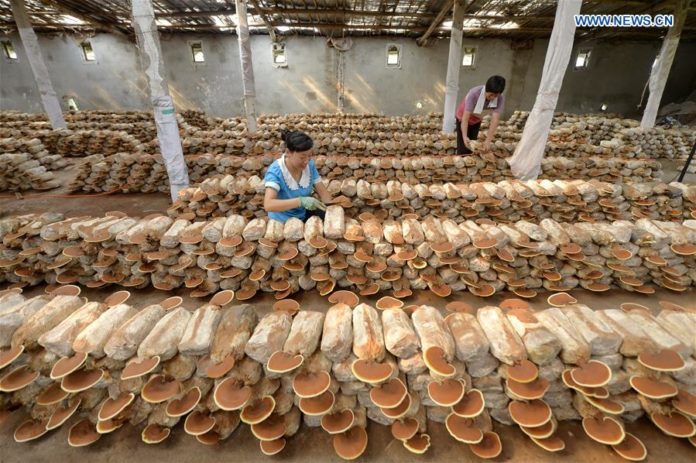
As with garlic, about a third of all the processed mushrooms eaten by Americans are produced in China. The processing stage makes it even more difficult to know how, and how safely, these mushrooms were grown and prepared. Recently, the Straits Times reported that mushroom suppliers in the Xian region of northwestern China were using “strong chemical additives to bleach mushrooms so that they would appear fresh.” If you plan on eating Chinese mushrooms anyway, consider buying yourself good health insurance at the same time, because you will need it in the long run for sure.
8. Cod

Much the same as tilapia (above), farmed cod in China are grown in filthy water and literally fed rubbish, including animal waste. This fish is certainly no health food, get your energy from somewhere else…
9. Pork?
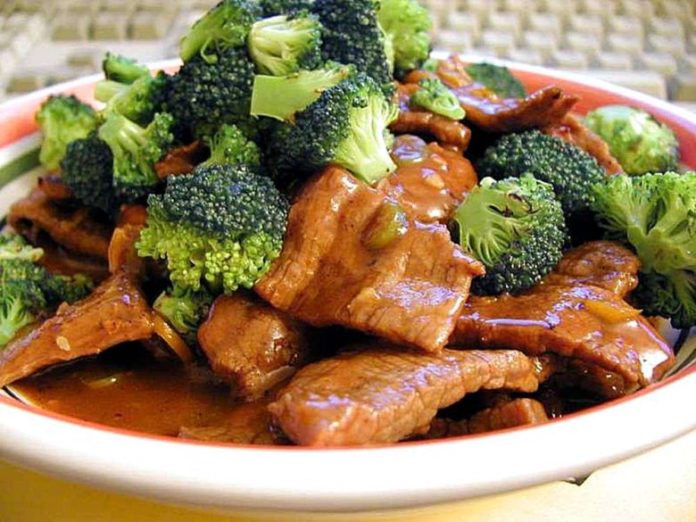
Given that in China, beef sells for twice as much as pork, unscrupulous producers often doctor pork with borax to give it the appearance of beef. A compound more commonly found in household cleaning products, borax has no business being in your body, and consumption of it has been linked to liver cancer. That’s definitely a bad business you don’t want to be messed up in.
10. Watermelon
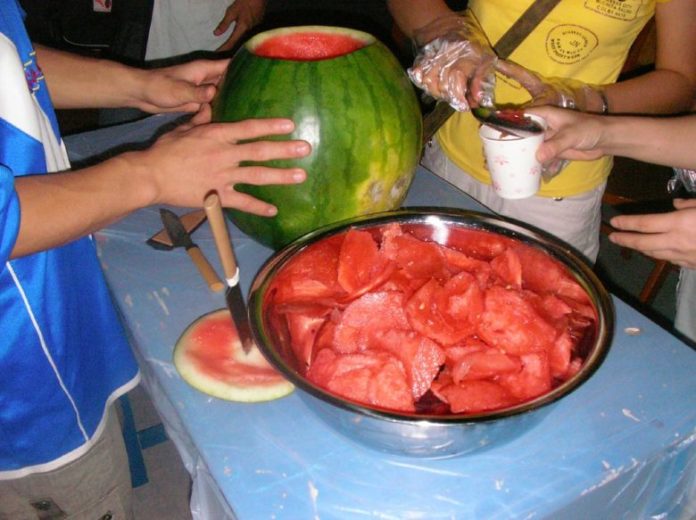
An incident involving exploding watermelons highlighted China’s poorly regulated agricultural sector and the shoddy practices this encourages. A farmer in eastern China added forchlorfenuron, a chemical growth accelerator, to grow larger watermelons. But instead, the entire crop exploded “like landmines.” Reports of these sorts of experiments make you fear for what is going on elsewhere.
11. Industrial salt
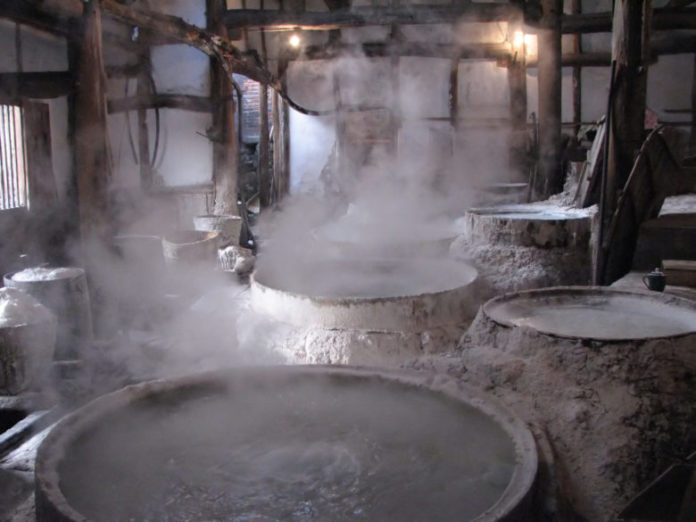
The clue is in the name: industrial salt is meant for industries, not for consumption. And yet, industrial salt is commonly used in place of table salt in Chinese food products, despite the fact that it contains carcinogens and heavy metals.
12. Black “pepper”
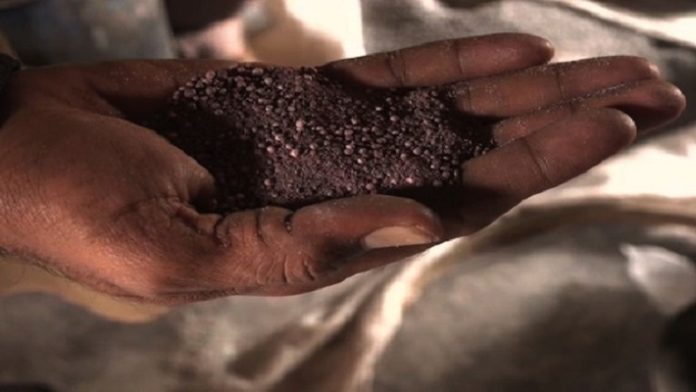
Buy some Chinese “pepper,” and you might find yourself eating actual mud. That’s how lax food security has become in China, where the emphasis is on quantity rather than quality.
13. Oil
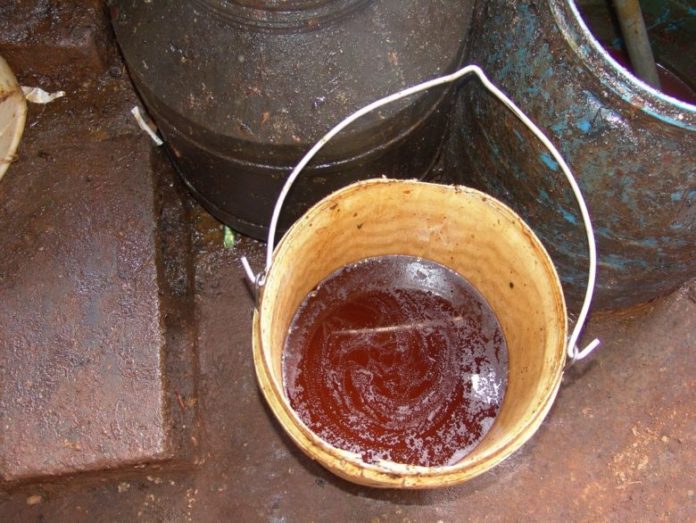
China is rife with illicit “gutter oil”—used cooking oil that has been scavenged from restaurants, sometimes literally out of the gutter, then cleaned and sold on for re-use. Although it won’t kill you, this oil is one of the worst foods you can put in your body, being full of oxidized fats and carcinogens.
14. Peas
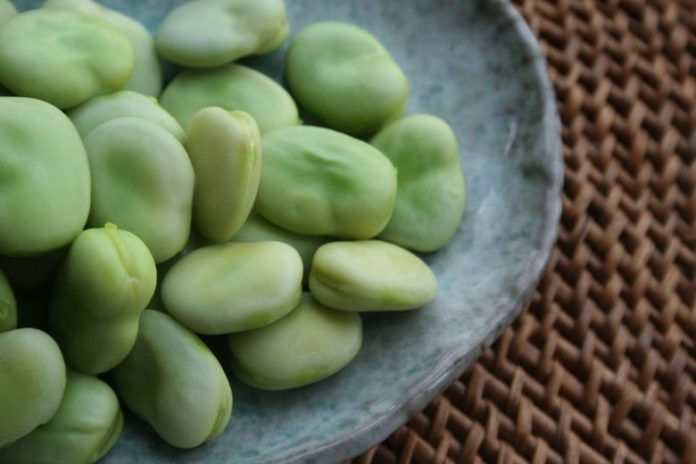
Fake eggs are weird enough, but it seems that Chinese producers are faking green peas too. Fake green peas are in fact soybeans or snow peas dyed green and preserved with sodium metabisulfite, a harmful preservative.
15. Tea
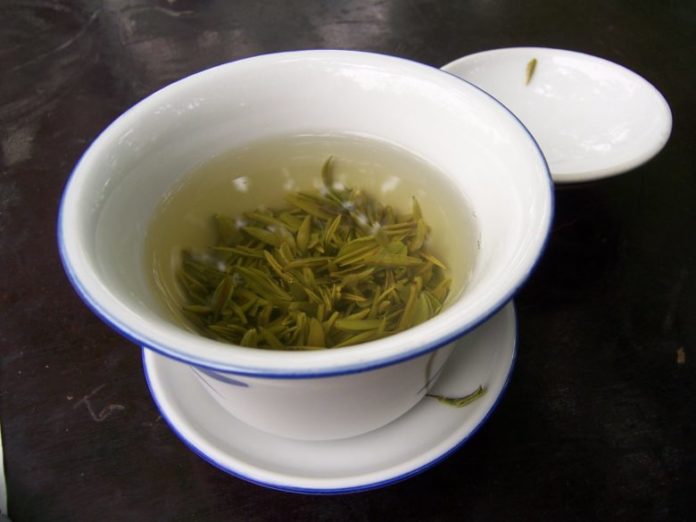
You might as well call Chinese tea “pesticide tea,” given the level of contamination. One analysis discovered 29 harmful chemicals in a selection of popular brands, including Lipton, as well as heavy metals such as lead and arsenic. If you’re still keen to drink Chinese tea, stick to smaller, higher-priced brands. Or, you know, simply purchase tea from a reputable source.
16. Tilapia
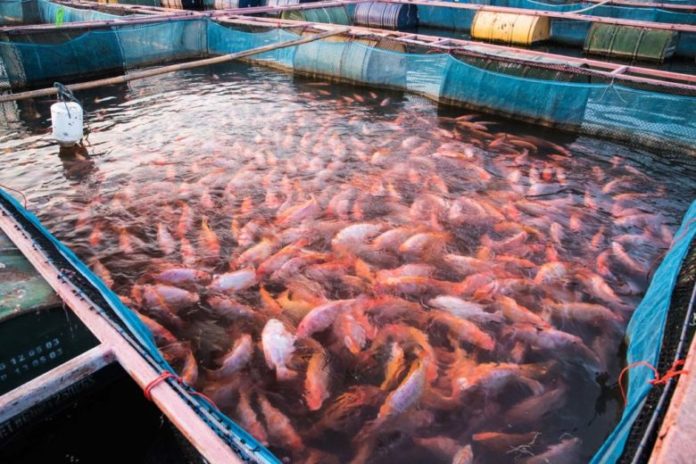
The Chinese love to eat tilapia, a type of freshwater fish that is intensively farmed in order to satisfy high demand. But because tilapia live off aquatic plants and algae, they ingest a lot of whatever toxins are in the water—and in China, freshwater sources are often contaminated. What’s worse, many farms feed their fish with animal feces and dump banned antibiotics in the water.
17. Eggs
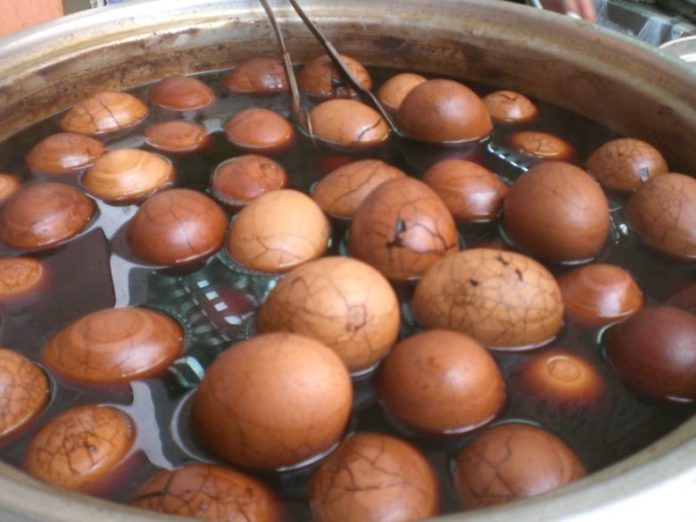
Incredible as it sounds, China is infamous for making fake eggs from a dubious list of ingredients including resin, coagulant, and paraffin wax. These realistic-looking eggs are suspected to cause harm to the liver, brain, and nervous system, so be very cautious about consuming any egg from China.





